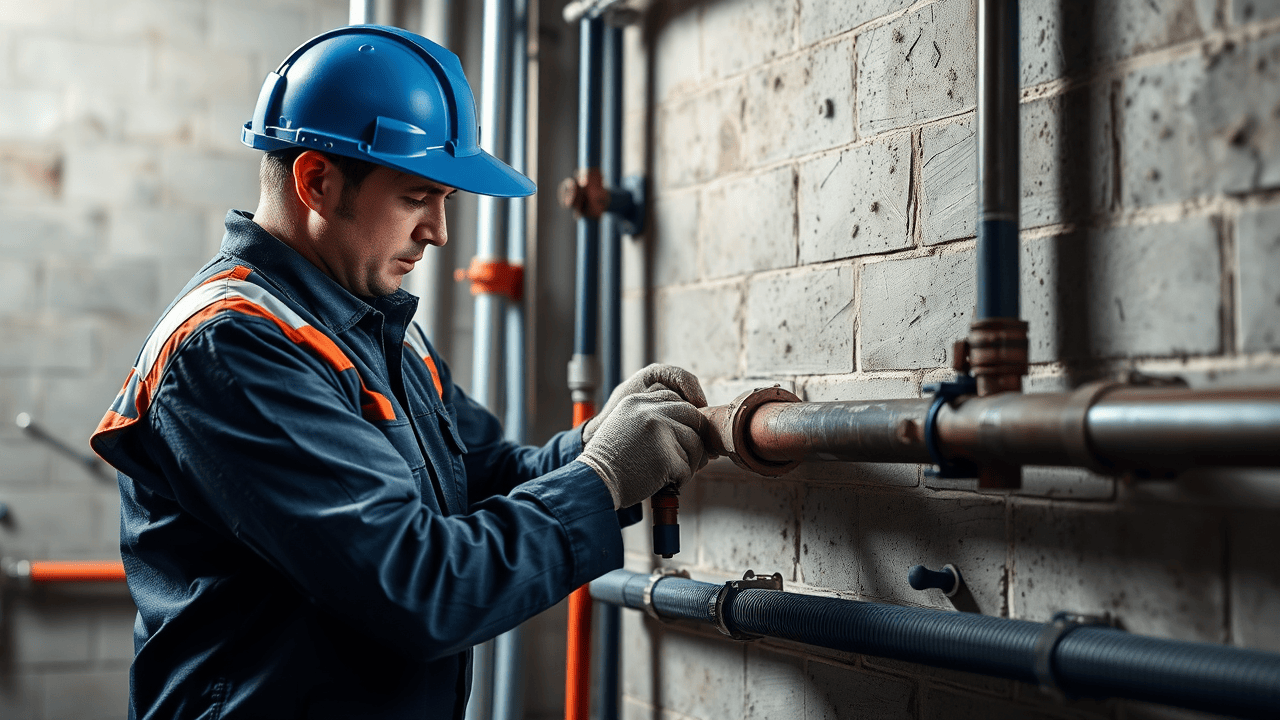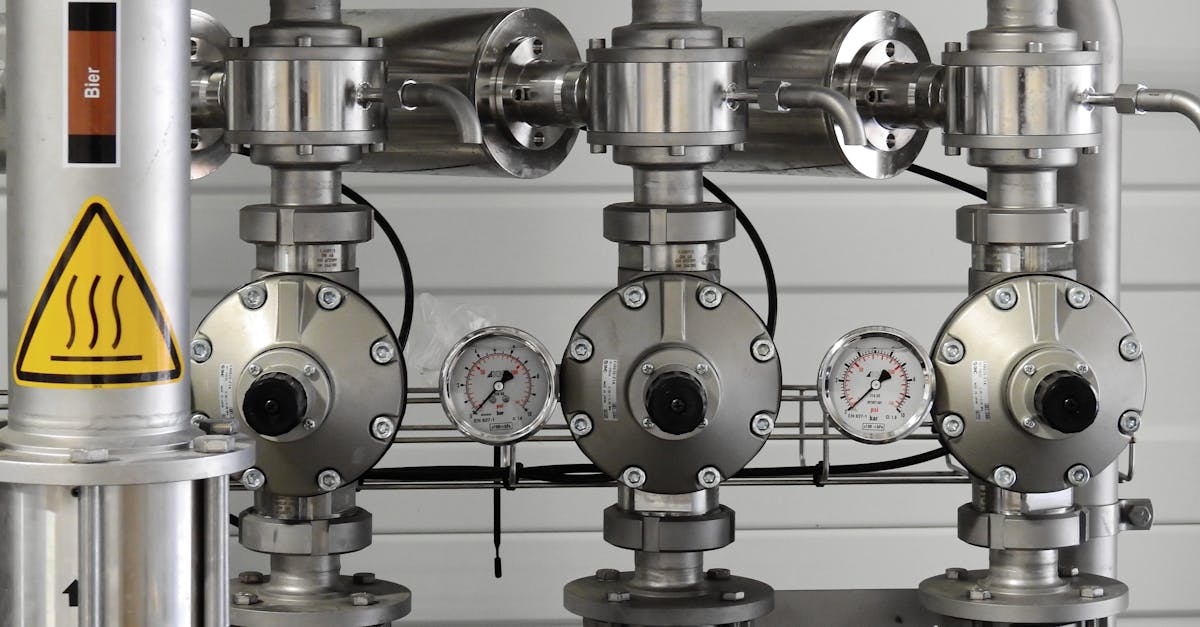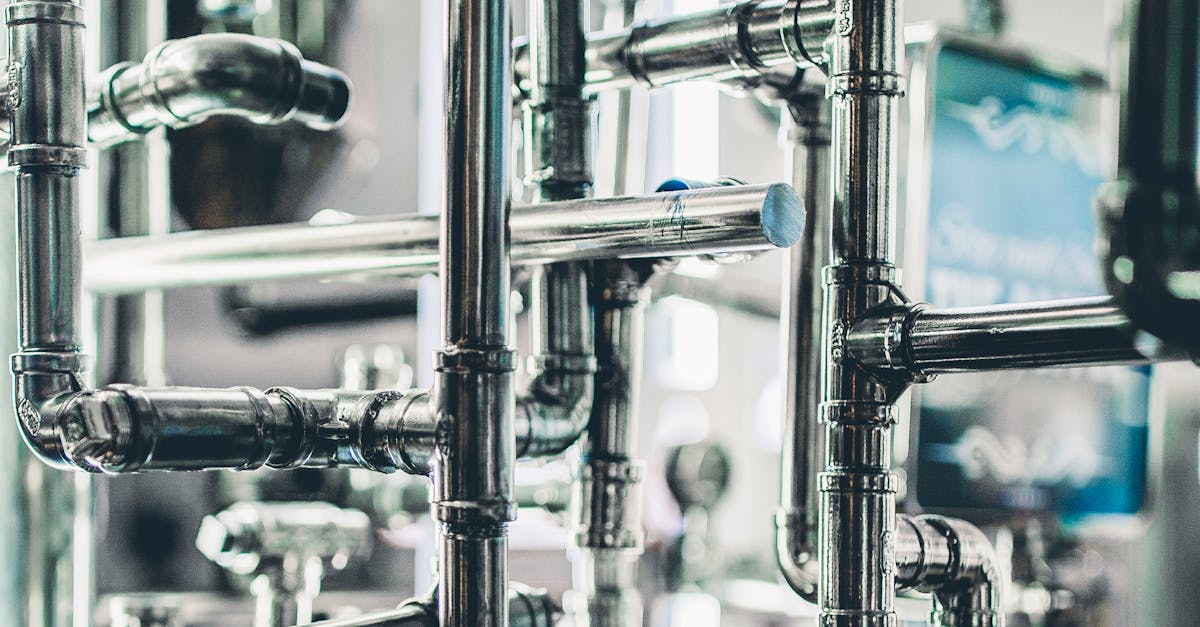
Cost Factors in Pipe Repair
The cost of pipe repair can vary significantly depending on several factors. The extent of the damage is a primary consideration. Minor leaks often require less labor and lower-cost materials compared to more severe issues, such as broken or collapsed pipes, which demand extensive excavation and replacement work. Additionally, the location of the pipes plays a role; pipes buried deep underground or located in hard-to-reach areas will generally incur higher repair costs.
Another significant aspect influencing repair expenses is the type of materials used. Options range from traditional PVC and copper to more durable materials like PEX. Each material comes with its own price point and longevity. Homeowners searching for solutions may frequently look up "pipe installation and repair near me" to find local services, which can also impact the overall cost based on geographic location and the availability of skilled technicians.
What Influences Repair Expenses
Several factors can influence the expenses associated with pipe repair. The extent of damage plays a significant role; minor leaks may require less labor and fewer materials, while extensive corrosion or pipe breaks can escalate costs quickly. Additionally, the type of material involved, such as copper or PVC, affects price variations due to differing material costs. Labor rates can also fluctuate based on geographical location and the urgency of the repair, making some areas more expensive than others. Homeowners often search for “pipe installation and repair near me” to find local professionals, which can also affect pricing.
The complexity of the repair process can further impact expenses. If repairs require specialized tools or techniques, the costs may rise. Accessibility is another crucial factor; pipes hidden behind walls or underground can complicate repairs, leading to increased labor charges. Homeowners should be proactive in evaluating their plumbing systems to identify potential issues early. Having regular inspections can help in understanding the condition of the pipes and may prevent the need for more costly repairs later on.
Preventive Maintenance for Pipes
Regular preventive maintenance is essential for extending the lifespan of your plumbing system. Routine inspections can help identify potential issues before they escalate into costly repairs. Simple practices like cleaning gutters and checking for leaks around joints can significantly mitigate the risk of water damage. Homeowners can benefit from scheduling annual assessments with a qualified plumber to ensure that all systems are functioning correctly. Utilizing services like "pipe installation and repair near me" allows for localized expertise in maintaining your pipes.
Additionally, many problems can be avoided with proactive measures. Insulating pipes in colder climates can prevent freezing and bursting during winter months. Proper drainage around the house minimizes water accumulation and reduces strain on pipes. Implementing these simple strategies can lead to substantial savings in the long term. By prioritizing preventive maintenance, homeowners can maintain robust plumbing systems and avoid unexpected repair costs.
Tips to Avoid Future Damage
Regular maintenance is essential to extend the lifespan of your plumbing system. Inspecting pipes for leaks, corrosion, and other signs of wear should be part of your routine. Keeping an eye on water pressure can also help identify problems early. Additionally, scheduling professional inspections can catch potential issues before they escalate into costly repairs. For residents seeking assistance, searching for "pipe installation and repair near me" can provide access to trustworthy professionals who can help ensure your pipes remain in optimal condition.
Proper insulation is crucial, especially in regions with extreme temperatures. Pipes that are not adequately insulated can freeze and burst in cold weather. Consider using heat tape or insulation sleeves for added protection. It's also vital to address any tree roots encroaching on your plumbing system, as they can cause significant damage over time. Being proactive about these factors not only protects your home but can also save you money down the line.
Signs You Need Pipe Repair
Recognizing the signs that indicate a need for pipe repair can save homeowners from further damage. Frequent leaks or damp spots on walls and ceilings are often early indicators of a pipe issue. Other red flags include an unexplained increase in water bills, low water pressure, or undesirable water discoloration. If homeowners observe any of these symptoms, it is advisable to act promptly to mitigate any potential damage.
When dealing with pipe problems, seeking professional assistance is key. Searching for “pipe installation and repair near me” can help locate experienced plumbers that can diagnose and address the issues effectively. Ignoring these signs can lead to more significant problems down the road, so paying attention to your plumbing system is essential for maintaining a healthy home environment.
Red Flags Indicating Pipe Issues
Identifying red flags that indicate pipe issues can prevent further damage and costly repairs down the line. Homeowners should be vigilant for unusual signs such as frequent leaks, water stains on walls or ceilings, and low water pressure. Any noticeable changes in your plumbing system, like gurgling sounds from pipes or unexpected dampness in areas where plumbing runs, might signify underlying problems.
When these symptoms appear, immediate action is advised. Contacting a local professional for “pipe installation and repair near me” can ensure that any issues are accurately diagnosed and effectively resolved. By addressing these warning signs promptly, you can mitigate more severe complications and maintain the integrity of your plumbing system.
FAQS
What is the process of fixing pipes called?
The process of fixing pipes is commonly referred to as pipe repair or plumbing repair.
What are the common methods used in pipe repair?
Common methods for pipe repair include patching, relining, replacing sections of the pipe, and using advanced techniques such as trenchless repair.
How much does pipe repair typically cost?
The cost of pipe repair can vary widely depending on factors such as the type of damage, the location of the pipes, and labor costs; it's best to obtain quotes from professionals for an accurate estimate.
What are some signs that indicate I need pipe repair?
Signs that indicate you may need pipe repair include persistent leaks, water stains on ceilings or walls, decreased water pressure, and unusual sounds coming from the pipes.
How can I maintain my pipes to prevent the need for repairs?
To maintain your pipes and prevent the need for repairs, perform regular inspections, avoid pouring grease or harmful substances down the drain, and schedule periodic professional maintenance.


